After a couple weeks of low activity, it’s actually been a busy week in aerospace! Annie chats about the second batch of satellites for OneWeb, Japan’s new spy satellite, a failed Iranian launch, and ESA’s Solar Orbiter. New this week: useless space facts!

Our first launch of the week was an Arianespace Soyuz-2 from Baikonur on Thursday, February 6, 2020 at 9:42 PM (UTC) with the second set of satellites for the OneWeb constellation.
- OneWeb Launch 2 Fact Sheet (OneWeb via Wayback Machine) https://web.archive.org/web/20200130141433/https://www.oneweb.world/assets/news/media/Launch2FactSheet.pdf
- OneWeb-2 (34x) (RocketLaunch Live) https://www.rocketlaunch.live/launch/oneweb-soyuz-1
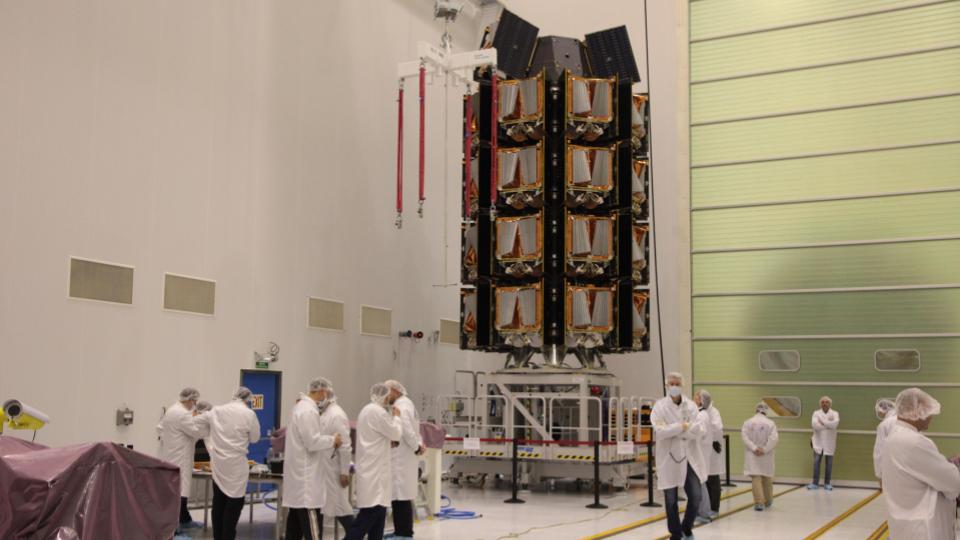
Thirty-four satellites were on this launch, which brings the constellation size up to 40. They were released in sets about twenty minutes apart with no more than four satellites in a set. While I couldn’t find any official reason why this was done, I suspect it was to reduce the possibility of collisions.
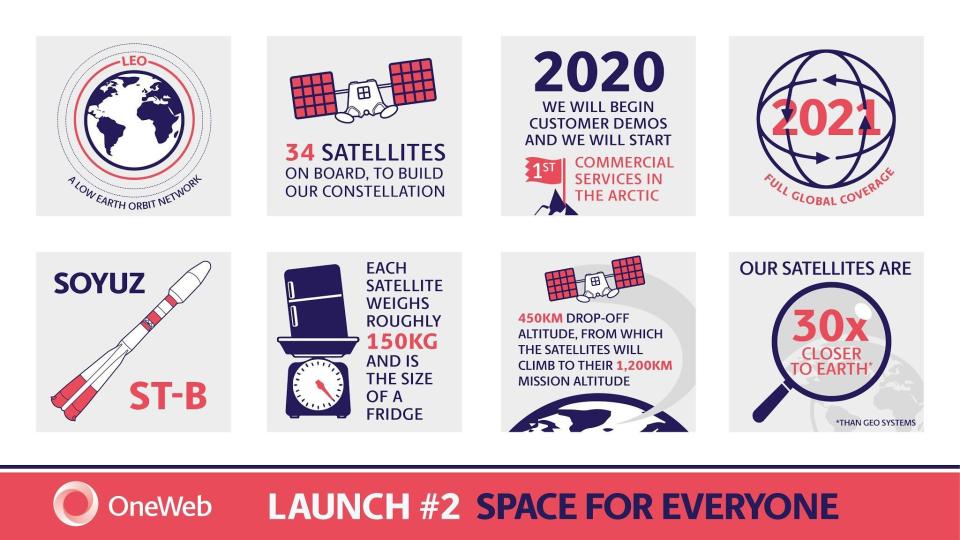
Each satellite is about the size of a refrigerator and weighs around 150kg, or 75 2L soda bottles.
OneWeb expects to have global coverage by the end of 2021.
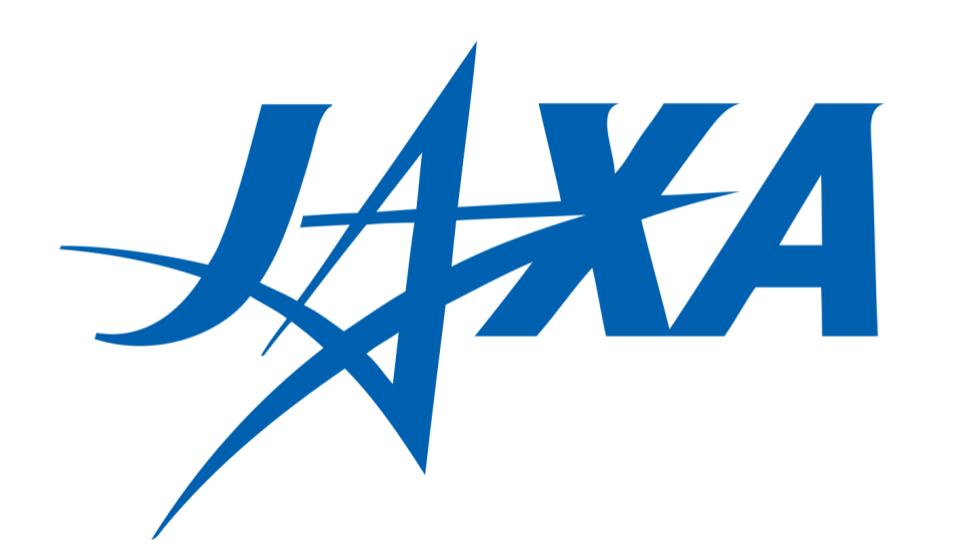
Next up, a Mitsubishi Heavy Industries H-2A rocket launched the IGS Optical-7 mission for JAXA on February 9 at 1:34 AM (UTC).
- IGS Optical-7 Mission (RocketLaunch Live) https://www.rocketlaunch.live/launch/igs-optical-7
IGS Optical-7, or Information Gathering Satellite Optical-7, has a very self-descriptive name. It’s a satellite that gathers optical data for informational purposes. In other words, it’s a Japanese spy satellite. Details about the payload are classified, so I really don’t have much to say other than it was a perfectly nominal launch.
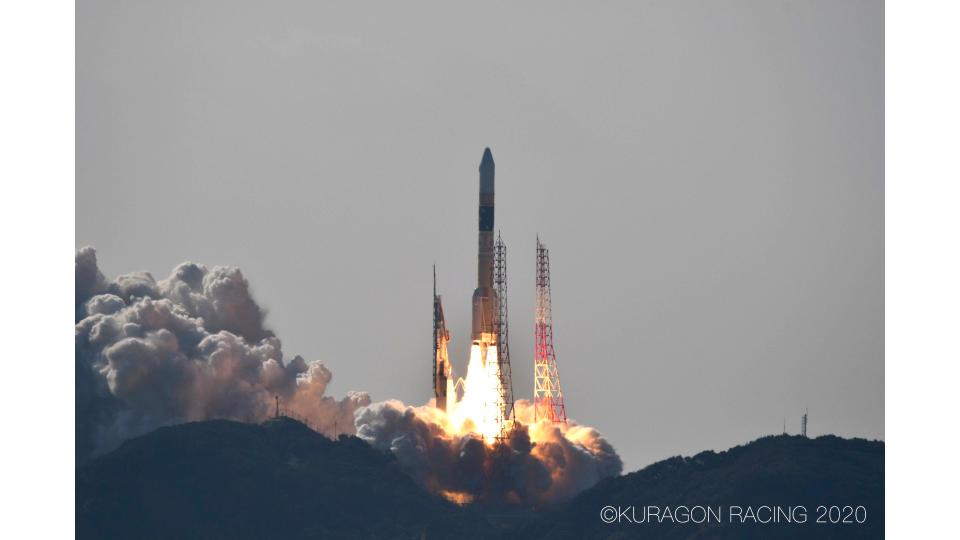
Image from: https://twitter.com/kuragonOYAKATA/status/1226329390331527168
- Launch: https://www.youtube.com/watch?v=OBtfD_uvBJg At 1:04:16
- Press conference: https://www.youtube.com/watch?v=y5fNEf5ANdQ
- Information Gathering Satellite (Wikipedia) https://en.wikipedia.org/wiki/Information_Gathering_Satellite
- IGS-Optical 5, 6, 7 (Gunter’s Space Page) https://space.skyrocket.de/doc_sdat/igs-optical-5.htm
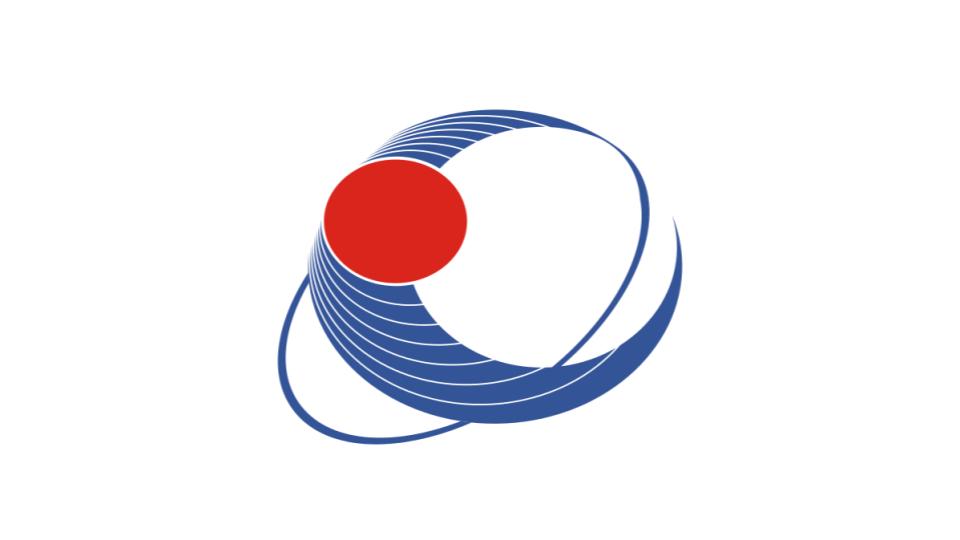
Later that same day, Iran launched a rocket on February 9th at 3:48 PM UTC.
Before I get into the details, I’d like to take a moment to remind you that we don’t discuss politics in depth. I’m going to state a few facts about the political climate and then move on from it.
Iranian launches are fairly rare with only a handful occurring each year. Due to current sanctions by the US, the US State Department condemns these launches and essentially states that Iran is furthering development on their ballistic missile program under the guise of peaceful aerospace applications.
Iran has placed satellites into orbit before using the country’s smaller orbital class booster — the Safir — the first in 2009, the last being launched in 2015. All three launches of the Simorgh have failed to place objects into their intended orbits. While similar to a North Korean ICBM variant under development, both Iranian variants use liquid fuel, which does limit their military usefulness.
- Zafar-1 Mission (Rocket Launch Live) https://www.rocketlaunch.live/launch/zafar-1
- Iran Launches Zafar Satellite, 90% of Research Objectives Achieved (Iran Front Page News) https://ifpnews.com/iran-launches-zafar-satellite-90-of-research-objectives-achieved
- Iran announces the failure to deliver the “Zafar” satellite to the correct orbit (Al Mayadeen News, in Persian) http://www.almayadeen.net/news/technology/1379257/%d9%88%d8%b2%d9%8a%d8%b1-%d8%a7%d9%84%d8%a7%d8%aa%d8%b5%d8%a7%d9%84%d8%a7%d8%aa–%d8%a5%d9%8a%d8%b1%d8%a7%d9%86-%d8%b3%d8%aa%d8%b7%d9%84%d9%82-%d8%a7%d9%84%d9%8a%d9%88%d9%85-%d8%a7%d9%84%d9%82%d9%85%d8%b1-%d8%a7%d9%84%d8%b5%d9%86%d8%a7%d8%b9%d9%8a-%d8%b8%d9%81%d8%b1
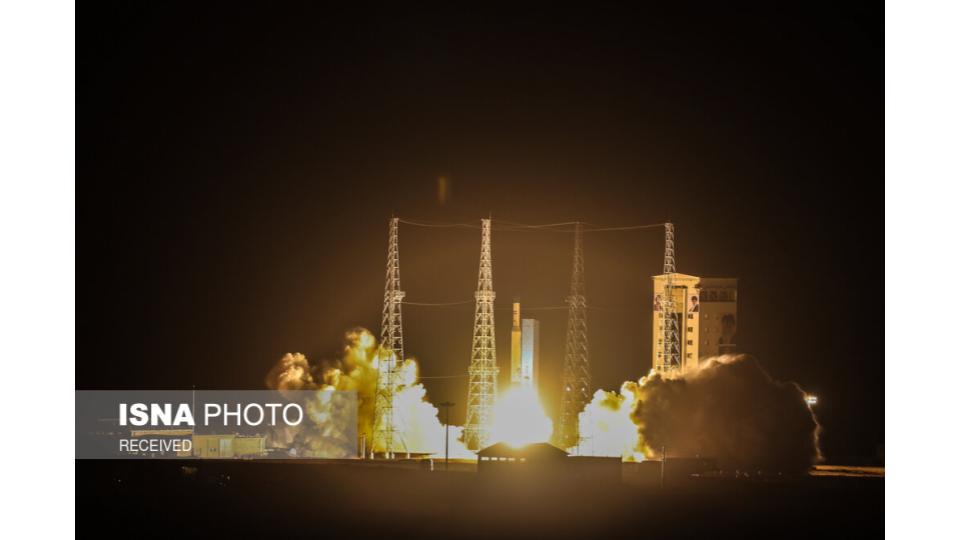
- Photo from Iranian Students’ News Agency https://www.isna.ir/photo/98112015085/%D9%BE%D8%B1%D8%AA%D8%A7%D8%A8-%D9%85%D8%A7%D9%87%D9%88%D8%A7%D8%B1%D9%87-%D8%B8%D9%81%D8%B1#8
Alright, enough of that, on to the good stuff.
First, the bad news: this Simorgh launch can be considered a failure.
The good news is that the rocket itself seems to have performed nominally.
Unfortunately, the payload didn’t obtain orbital velocity. That’s a fancy way of saying that gravity won in the tug-of-war of forces, and instead of continuing on to orbit, the satellite crashed into the ocean.
Iran Front Page, an English-language Iranian media organization, have quoted officials saying this was a research flight and the primary goal was not to deliver the satellite to orbit.
Meanwhile Azari Jahromi, Iran’s communications and information technology minister, admitted in a tweet on Sunday after the launch that it had in fact been a failure, but expressed determination and optimism for the space program’s continued progress.
- Simorgh (Safir-2) (Gunter’s Space Page) https://space.skyrocket.de/doc_lau/simorgh.htm

Our last launch of the week was United Launch Alliance with an Atlas V rocket on February 10, 2020 at 4:03 AM (UTC). Onboard was the Solar Orbiter, a ESA mission with strong NASA participation to study the sun.
- Solar Orbiter (RocketLaunch Live) https://www.rocketlaunch.live/launch/esa-solar-orbiter
- Solar Orbiter (Wikipedia) https://en.m.wikipedia.org/wiki/Solar_Orbiter
- Liftoff for Solar Orbiter, ESA’s mission to face the Sun up close (ESA) https://sci.esa.int/web/solar-orbiter/-/liftoff-for-solar-orbiter-esa-s-mission-to-face-the-sun-up-close
- Solar Orbiter Launch Media Kit (ESA) https://sci.esa.int/web/solar-orbiter/-/solar-orbiter-launch-media-kit

Even though Solar Orbiter (also known as SolO) is officially in space, it still has a long way to go. It will take about a year and a half to reach an orbit close and tilted enough to the Sun to begin its mission, and it will need to get two gravity-assists from Venus (in DEC 2020 and AUG 2021) and one from the Earth (in NOV 2021) to get there and begin its mission. The main mission therefore won’t begin until NOV 2021 after that Earth fly-by.
That said, the orbital work isn’t done yet. SolO’s mission has planned out a total of nine gravity-assists — all six of the later ones are with Venus — some of which will not occur until after the mission is well into its extended phase of operations, past the planned mission’s end in DEC 2026. The close passes of Venus in 2022 and 2025 will push the craft to its closest distance to the Sun in MAR 2025 and will tip the orbit enough for it to cross the Sun’s face at 17 deg. N solar latitude.
But these later fly-bys will tilt the orbit further and further out of the ecliptic plane, making clearer observations of the Sun at higher and higher latitudes possible. The close pass in 2029 will push the craft above 33 deg. N. with respect to the Sun, its highest latitude to date as it passes well within the orbit of Mercury, and yet another boost is scheduled for 2030 as well.
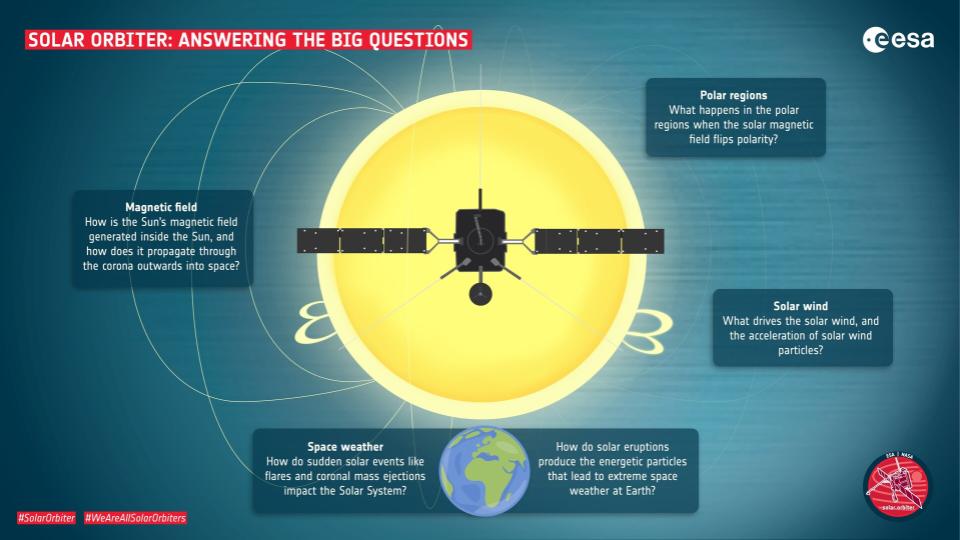
SolO will mostly study the magnetic fields and space weather. There’s a whole lot that we don’t know about the sun and the spacecraft aims to gather data to help fill in our gaps of knowledge. This will be the first solar mission to observe the polar regions which is crucial to observing what happens in those areas when the north pole becomes the south pole.

Some milestones of interest for this launch:
It was the 664th launch of the Atlas rocket program since 1957, and the 366th launch of an Atlas from the Cape — dates back to the early Atlas II ICBM of the 1950s. Again, being liquid fueled makes them less useful militarily, so these were quickly retired from that type of use, and since then have been used to place hundreds of spacecraft into orbit, not to mention many test launches during America’s early manned space flight program.
It was the 97th ULA flight from Cape Canaveral, and the 88th use of the Russian-built RD-180 engines — all rocket types.This main engine’s ability to tilt through a wide range allows for thrust vectoring enough to permit the unbalanced use of SRBs, as seen in this launch.
It was the 118th use of the American-built AJ-60 SRB, and the 499th use of the RL10 upper stage engine overall. It was used aboard the Centaur, and this was the 253rd flight of that upper stage (all missions). — both engines are built by Aerojet Rockedyne
- ESA, much shorter: https://www.youtube.com/watch?v=Qcpk5XV6SGA

To wrap things up, here’s a running tally of a few spaceflight statistics for the year:
- Toilets burned up: 1
- Total new satellites in orbit: 178
- Total satellites from launches: 164
- Total launches: 11
- China: 3
- USA: 3
- French Guiana: 1
- New Zealand: 1
- Japan: 1
- Kazakhstan: 1
- Iran: 1
Your useless space fact for the week is that the Solar Orbiter is not vegan. One of the coatings to protect the craft from the Sun’s intense heat contains animal bones.
Source: Solar Orbiter: Sun mission blasts off (BBC) https://www.bbc.com/news/science-environment-51420402
And that rounds out our show for today.
Thank you all for listening. Today’s script was written by Annie Wilson and Dave Ballard. The Daily Space is produced by Susie Murph, and is a product of the Planetary Science Institute, a 501(c)3 non profit dedicated to exploring our Solar System and beyond. We are here thanks to the generous contributions of people like you. Want to become a supporter of the show? Check us out at patreon.com/cosmoquestx


 We record most shows live, on Twitch. Follow us today to get alerts when we go live.
We record most shows live, on Twitch. Follow us today to get alerts when we go live.